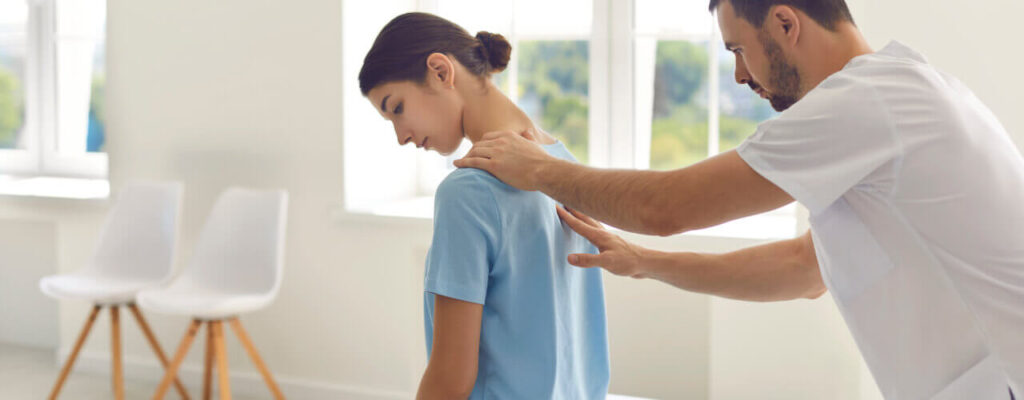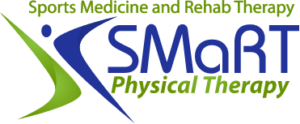Ouch! Herniated Discs Could Be Causing Your Back Pain!

The spine is such a complex part of the body that it is not uncommon for pain to occur from time to time. The spine contains 24 bones. Of those bones, 5 of them are located in the lower back. In addition to these bones, the spine also contains several nerves and intervertebral discs.
Pain can sometimes be the result of an underlying problem, such as a herniated disc. One of the earliest signs of a herniated disc is lower back discomfort, which can range from mild to severe. You might also have weakness, numbness in the legs, or severe and shooting sensations. Patients have also reported losing bladder control as a result of a herniated disc in certain extreme situations.
When the jelly-like nucleus of an intervertebral disc protrudes, it is called a herniated disc. This occurs when the disc’s cell wall isn’t strong enough to keep the nucleus in place, allowing it to push through the outer ring and bulge. A herniated disc can occur anywhere along the spine, although the lower back is the most typical location. If you’re having back discomfort and suspect it might be due to a herniated disc, call our office right away to see how we can assist at SMaRT Physical Therapy.
How does a herniated disc form?
Herniated discs are most commonly associated with aging, as the spine wears down and becomes more brittle. “Disc degeneration” is the term for this condition. When we’re young, the water content of the discs in our spine is high, but as we become older, the water content declines. The CDs will shrink as a result of this.
As a result, the older we get, the more likely we are to get disc degeneration. Other variables that can increase your chance of a herniated disc include:
- Being between the ages of 20-50.
- Being male.
- Engaging in improper lifting techniques.
- Engaging in a sedentary lifestyle.
- Driving often.
- Being overweight.
Signs and symptoms of a herniated disc
If you suspect you have a herniated disc, make an appointment with your primary care physician. Your doctor will do a physical exam to check muscle strength, as well as perform a neurological exam, to determine if your disc is herniated.
A magnetic resonance imaging (MRI) scan may be used to confirm the diagnosis if your doctor suspects your disc is herniated. Your doctor will be able to tell if you have a herniated disc in your lower back thanks to this scan.
If the disc is putting pressure on the spine, it can be detected. Your doctor will then provide you with a treatment plan, and will likely recommend physical therapy for pain relief.
How does a physical therapist help relieve herniated disc pain?
Your physical therapist will create a treatment plan that specifically targets your individual needs. This will begin with passive treatments to ease your pain and improve your function, including manual therapy, traction, ice and heat therapies, ultrasound, electrical stimulation, or hydrotherapy.
Active treatments will begin once your passive treatments are complete. This may include core exercises to strengthen your back, stretching and flexibility exercises to increase range of motion, and any additional muscle strengthening exercises that your physical therapist deems fit. In addition to these exercises, your physical therapist will advise you on any lifestyle changes he or she may recommend, in order to decrease your risk of future pain and injury.
You don’t have to struggle alone anymore
Our physical therapy office has the best resources and procedures for assisting you in recovering and resuming your life. Look no further if you’re looking for a natural, safe, and non-invasive solution to treat your herniated discs. Call us right now to get started on the road to recovery!
Sources:
- https://www.moveforwardpt.com/SymptomsConditionsDetail.aspx?cid=79ef56df-780e-4ad0-963f-94364404125a
- https://www.mayoclinic.org/diseases-conditions/herniated-disk/diagnosis-treatment/drc-20354101
